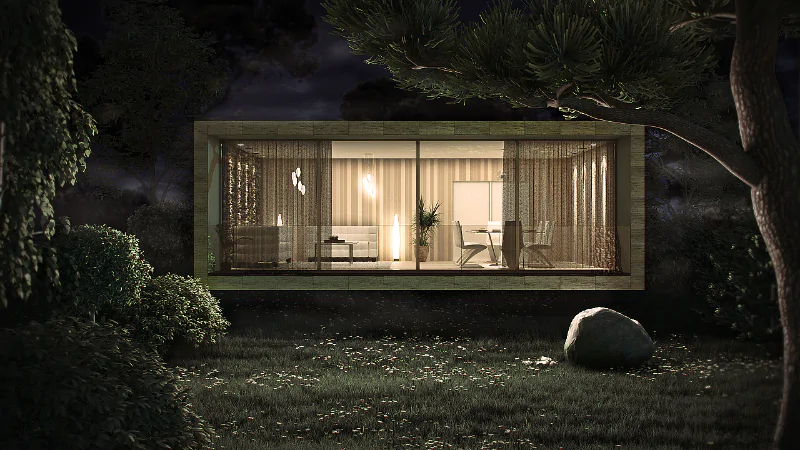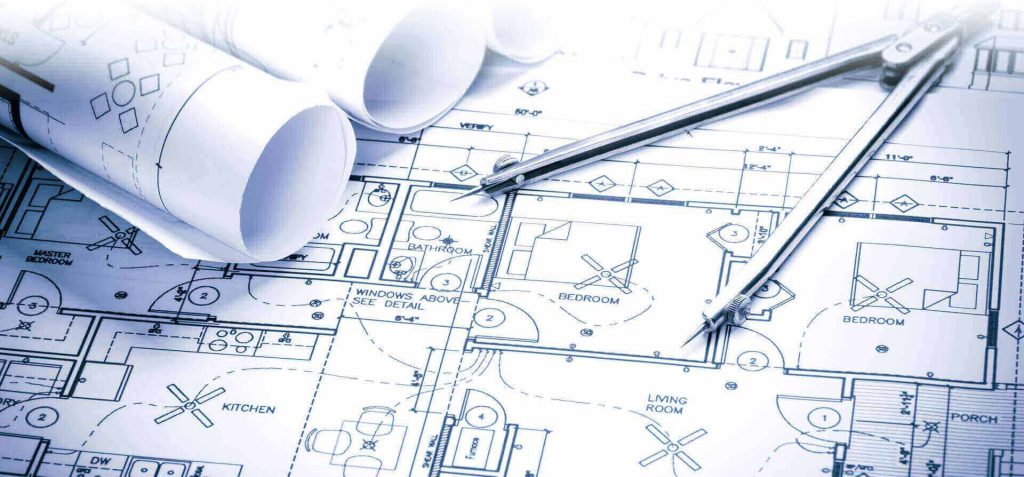If you’re interested in architecture, design, or real estate, you’ve probably heard of 3D Rendering. But what exactly is this technology? You may be wondering how you can benefit from it. To understand the benefits of 3D rendering, it helps to understand what it is and why it is so important. The main output of 3D rendering is a virtual walkthrough of an unbuilt space. By using a 360 degree virtual reality headset, designers can simulate the layout of a space and find the most efficient arrangement of rooms. They can also use this tool to better sell spaces to prospective clients. The reality of unbuilt spaces engages people more than the words of a description, which means that 3D renders make a significant impact.
Offline 3D Rendering
Offline 3D rendering was once considered the best way to create high-quality rendered images. However, with advancements in GPU technology, offline rendering may soon be a thing of the past. As a result, external render engines will be rendered into oblivion, with the only use for offline rendering as saving snapshots of the 3d application’s viewport. This is because rendering will now largely be limited to a single application and not be affected by other applications on the same system.

When used as a product demo, offline 3D rendering has a number of advantages. The images created with these processes will have realistic perspective, scale, and lighting. In addition, you will be able to get several views of an object with a single render, which can help in selling the concept or product. Depending on the complexity of your project, you can also use the results to create animations or presentations. This type of video rendering will allow you to share the rendered images on social media platforms and other platforms without the need to download any software.
Real estate
If you’re thinking about investing in real estate, you may be wondering how 3D rendering can benefit you. 3D visualization allows you to show your clients the final result of your project before they even step inside. With 3D rendering, you can highlight all of your building’s details and cater to both the exterior and interior. It can even account for specific changes and new perspectives. Using 3D visualization to promote your property is an excellent way to save time and money on marketing.
Real estate companies should take advantage of 3D rendering for real estate to stand out from the competition. With a 3D floor plan, you can attract the attention of prospective buyers and increase footfall. Real estate renderings can be used for a variety of purposes, including marketing campaigns, sales presentations, and even advertising. To get started, follow the steps below. Make sure to select a 3D rendering service that is known for quality work.
Product development
The value of 3D rendering is undeniable. It can help companies conceptualize physical forms in a much more efficient manner. It also speeds up the product development process by several weeks. The process of correcting 3D models is also much faster compared to traditional physical model correction, which can take many weeks to accomplish. This results in a much faster product launch and ultimately more profit for the firm. But the value of 3D renders doesn’t end there. They are also a valuable tool for marketing products.
A product render helps entrepreneurs evaluate whether their concept is feasible. An animated video shows how the product will look in various positions and materials. An entrepreneur may be able to identify design flaws in the original design and improve upon it. If he sees the potential in 3D rendering, he may opt for a different material and try again. Using the product rendering technique, he can refine and improve upon the concept without affecting the final product.
Architecture
Historically, architects have used two-dimensional drawings, paintings and physical models to create virtual models of their buildings. It’s thought that the first civilization to utilize architectural visualization, whose great pyramids were the tallest buildings in the world. It was probably the architect behind them. In fact, he may have been the first person to use architectural visualization. In the modern age, 3D rendering software is used to create these virtual models.
Architectural visualization is often a multi-faceted process involving architects, engineers, planners, non-specialists, and more. All of these stakeholders view the process from different perspectives and have different needs. To ensure a successful outcome, it’s essential to have a shared understanding between all stakeholders. Fortunately, 3D renderings can help bring all of these different aspects together. And despite the many benefits of 3D rendering, they are only one aspect of the process.
Medical field
With the increasing use of 3D technology, the medical field is also gaining a strong foothold in the rendering world. 3D animations can help inform, educate and persuade a targeted audience, which is exactly what medical visualizations can do. With the help of 3D models, researchers and other professionals can create lifelike, realistic patient simulations. In the near future, all hospitals will have portable 3D scanners, allowing doctors to create realistic images for better patient care.
The Medical field is also gaining ground in the use of 3D printers to custom fit patient parts. With such technology, surgeons can use 3D renderings of a patient’s anatomy to better understand what the condition of the patient is like. Using 3D models and printers, surgeons can perform more accurate surgeries and prevent mistakes. This technology is also changing the way we understand and interpret anatomy. While it is not yet widely available for medical research, 3D printing is already being used in several hospitals.
Animation industry
The film industry is one of the industries that has a significant impact on 3D rendering. Animated movies and television series feature countless characters. These characters are then rendered in the most realistic manner possible. Companies have transformed the trajectory of animated entertainment and motion-media canvas. Those companies have been the driving force behind 3D animation. However, the process for creating 3D animations is more complicated than just rendering. The process of creating an animated film begins with a good script and design. A storyboard is a document that serves as a guide for shot design and the motion-media canvas.
After the creation of the model, it is time for the next step: the rendering process. This step is the most difficult, yet crucial, part of the 3D production pipeline. Beginners generally focus on modeling and animating instead of rendering images. An impressive final render will include attention to camera placement, lighting choices, and special effects. After this, it will be imported into a compositing program. Finally, the final rendering phase is crucial for the animation industry.





